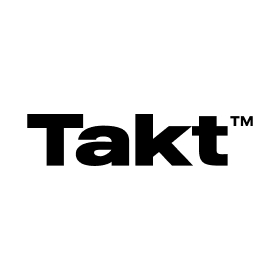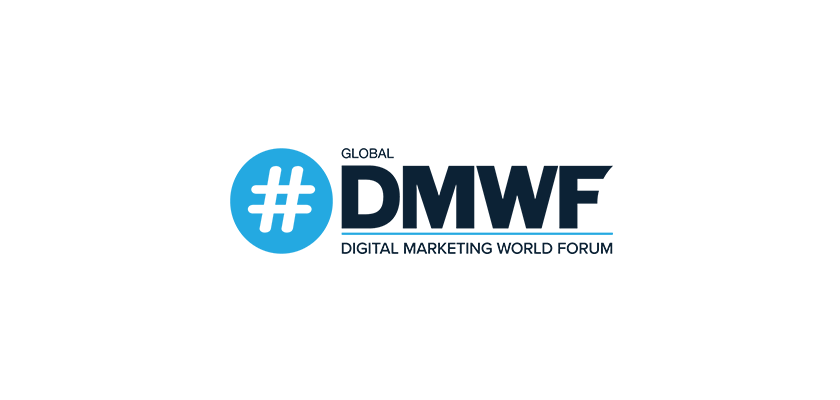
YouTube Trends Shaping the Future of Video Marketing
Video is driving the future of content marketing as consumers spend more of their time on YouTube and TikTok. Gen Z is already coming of age as a key consumer demographic and brands need to develop a video marketing strategy that delivers the content younger generations care about.
The latest YouTube insights reveal how video content is playing a bigger role in the consumer journey. By looking at the biggest trends of 2022, we can start to see where the future of video marketing is headed.
YouTube is a key channel for consumers
If there’s one thing to take away from this article, it’s this: YouTube is a key channel for consumers. So, if you’re not using this platform to reach your target audience, you’re not maximising visibility where it, often, matters most.
As early as 2016, 68% of YouTube users were watching video content on the platform to help them make purchase decisions.
Now, YouTube is a go-to platform for product reviews, unboxing videos, travel inspiration, buyer guides and a wealth of content that informs purchase decisions. That’s why users now embed youtube channel on websites, So that they can take their website users to their social channels.
Delving into your target audiences’ interests
More recent insights reveal YouTube is a platform for people to delve into their interests, no matter how niche. By extension, this makes the platform an opportunity for brands and advertisers to delve into niche interests and reach audiences primed to take action.
In October 2022, Google ran a survey that found 72% of respondents use YouTube to delve deeper into their interests and passions. In a separate survey, the search giant found 55% of Gen Z watch content on YouTube that nobody else they know is interested in.
This is backed up by insights from an Ipsos survey that reveals 65% of Gen Z say content that’s personally relevant to them is more important than the content that lots of other people talk about.
YouTube is a platform where people go to explore their own interests with complete freedom. They don’t have to worry about peer approval of what anyone else thinks about the content they watch.
Brands and marketers can tap into these niche interests to create ultra-relevant messages. Instead of casting a wide net with your video and advertising strategies, you’ll get better results on YouTube by narrowing down on specific interests.
Short-form video leads the way
Short-form video has taken over the web, playing a bigger role in the consumer journey as more platforms adopt the content format. Snapchat was among the early innovators but TikTok is the hottest name in short-form video now. Check out how these companies are nailing their video marketing on TikTok.
The rise of TikTok forced Instagram to prioritise short-form video content and it seems every platform is now following suit. YouTube is no exception and its own YouTube Shorts format already has more than 150 billion monthly users and 30 billion daily views.
YouTube has also rolled out a new monetisation system specifically for Shorts, helping creators to make money from their content.
Early on in the short history of short-form videos, it was the more spontaneous and surprising clips that captured attention. However, over the years, the most popular creators have managed to recreate this sense of spontaneity with more scripted, choreographed productions.
Google says “the best short-form videos embrace the format’s strength and encourage people to watch them again and again”.
Long-form video finds a new role
Short-form video is firmly in the spotlight these days but long-form video content is finding a new role in the consumer journey.
Despite all the indications that attention spans getting shorter, video marketing data proves long-form content is still crucial. In fact, Google insights show that demand for long-form video content is rising significantly.
Yes, we’re seeing short-form video excel at the discovery end of the consumer journey. However, we’re seeing longer videos take the lead at the latter stages of this process, especially when consumers reach the research and comparison stages of the buying cycle.
Google itself finds 59% of Gen Z watch longer versions of videos that they discover on short-form video apps.
If you’re targeting this demographic, it’s crucial to have a video marketing strategy that provides both formats. Also, as more of Gen Z matures as consumers, this will become increasingly important for all demographics – not only youngsters.
The rise of YouTube communities
Speak to any YouTube creator and they’ll tell you the best thing about the platform is its ability to build communities. Channels can build highly-engaged communities with loyal fans who drive further growth through key engagement metrics.
These aren’t vanity metrics, either.
The niche topical appeal that YouTube excels at drives real passion in its communities through meaningful interactions. You’ll find communities and sub-communities for almost every topic, interest, cultural movement and more on the platform.
In Google’s own words:
The most successful marketing shows an understanding of what motivates an audience to engage. That’s why it’s important to value online communities and understand how they can amplify and strengthen your messages.
Earlier, we talked about delving deeper into your target audiences’ interests without fear of being too niche. This is how you build highly-engaged communities on YouTube that get involved in the conversation around your channel.
They push your message further, advocate for your brand and send all the right positive signals to YouTube’s algorithm. Practically speaking, this means comments, likes, subscriptions and memberships – all of which drive more growth.
Google’s advice is clear: “Find ways to encourage participation from online groups who have specific personal interests and lean into them. By doing so, you can create brand moments with greater impact and meaning.”
With YouTube marketing, building an audience is one thing but it’s the communities that really make things happen.
The Top YouTube Videos & Ads of 2022
If you want to see some examples of winning YouTube campaigns, take a look at the 2022: A Year on YouTube page.
You can browse through the top trending videos from last year to get a sense of what captures people’s interest on the platform. Also, look into topics similar or relevant to your own target audiences to understand what types of video could drive the most engagement.
Pay attention to production style, too. Are these videos serious and professional or more spontaneous and personal?
You can also browse through the top Shorts of 2022 and it’s worth analysing this format.
YouTube Shorts have gained a lot of traction and this is an entirely different format from long-form video. This is a big jump from creating full-length video content, which requires a different stylistic approach.
Even if you’re cutting up your long-from videos to create Shorts, you’ll need to get creative with editing to match the feel and tone expected from Shorts.
Finally, you can view the top YouTube Advertising campaigns for 2022 on the Ads leaderboard.
You can watch the most-viewed ads from last year and identify trends that make an impact with your target audience. Google says humour and relatable imperfection are some of the most appealing characteristics of top-performing YouTube Ads.
“On YouTube, humour and relatable imperfection can show that a brand gets their audience, and that’s reflected in how products and services are advertised.”
So, if your campaigns stick to the traditional corporate feel, it might be time to mix things up. Test a more casual and personal approach that shows the human side of your brand. Remember that YouTube is an entertainment channel, first – so try to inform your audience in a way that excites them.
This will be challenging for a lot of brands but it’s what Millennials and Gen Z expect from modern companies. These two generations are rapidly making up the majority of consumers and brands need to adapt their approach.
Where better to do this than in your video marketing strategy?
























